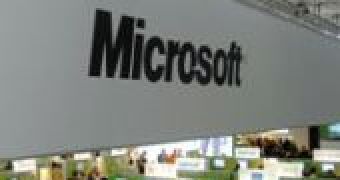The Microsoft Software Assurance Interactive Benefits Chart is an extremely interesting resource that business users will want to at least take a look at, if they ever had questions about the advantages that came with Software Assurance agreements for the Redmond company’s volume license customers. The two-page .PDF document does an excellent job at highlighting the perks that come with the various Microsoft VLs in the context of SA. According to the software giant, the chart covers both commercial customers and governmental organizations.
First things first, though. I know that, for some customers, especially small and medium-sized businesses, Volume Licensing sounds a tad scary. It shouldn’t. The fact of the matter is that Microsoft will offer VL to customers with just 2 (that’s right, two) computers (you really can’t go any smaller than that). All one needs to do is license Windows and Office for the two machines, and just another Microsoft piece of software, as the minimum required is 5 licenses, and you’re good to go.
The Microsoft Software Assurance site offers additional information for customers (via @Msft_VL). “Software Assurance offers a broad range of benefits in one program, combining the latest software with tools and resources to help you deploy, manage, and migrate software. Benefits include: consulting services, training, around-the-clock web support, technical resources. These benefits help increase the return on your technology investment by supporting budget predictability, lowering operating expenses, improved productivity, and minimized downtime,” the company stated.
Customers can also explore the list of Benefits that comes with SA on the Microsoft Software Assurance site. However, one advantage of the Microsoft Software Assurance Interactive Benefits Chart is the fact that it puts SA in relation to specific Volume Licenses. The best thing about the chart is the fact that it is fully interactive, allowing customers to hover the mouse over specific items and get additional information in pop-ups, on the spot.

 14 DAY TRIAL //
14 DAY TRIAL //